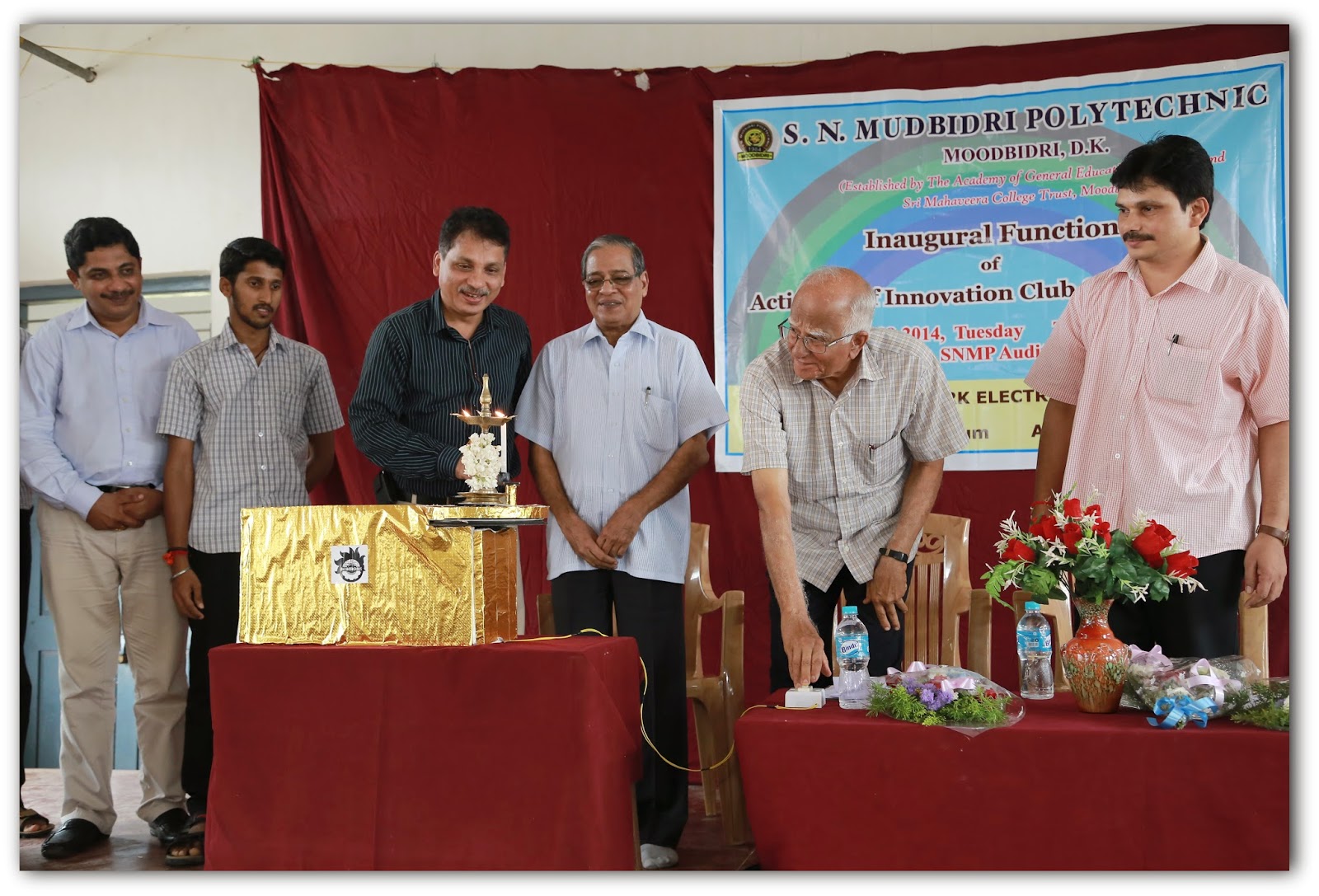http://www.i4c.co.in/
Information
- Entry Guidelines and Process
Please download the detailed entry guidelines and process by clicking here. - India Innovation Initiative 2014 Ad
Please download the ad for India Innovation Initiative 2014 by clicking here. - India Innovation Initiative 2014 Ad (5th September, 2014)
Please download the ad for India Innovation Initiative 2014 by clicking here. - Evaluation Criteria for NF Jury_i3 2014
Please download the Evaluation Criteria for NF Jury_i3 2014 by clicking here.
Objectives
The objective of the “India Innovation Initiative 2014” is to strengthen the entrepreneurial eco-system in the country by sensitizing, encouraging and promoting student innovators and facilitating commercialization of their innovations, and recognizing India’s most potential Entrepreneurs.Benefits and Awards
- Promoting a culture of innovation in India.
- Identifying, rewarding and facilitating commercialization of potential innovations,
- Addressing the various socio-economic challenges of industry and society through innovations.
- Promotion of India's innovation prowess in Science and Technology nationally.
- Empowering people to create new ventures and start-ups as an alternative career option.
- Rewarding successful innovators by connecting them to industry, investors and incubators.
- Promoting entrepreneurship and generating new jobs / employment
- Top innovators and potential entrepreneurs will be recognized and awarded.
- i3 partners to provide incubation & mentoring support to select i3 participants.
Important Dates
- Announcement for Call for Entries : 5th September 2014
- Last date for Online Submission of application form : 15 Oct 2014
- Announcement of shortlisted projects : 25 Oct 2014
- National Fair at Knowledgexpo 2014 : 20-22 Nov14
Terms and conditions
- The participants should be Indian Nationals.
- The participants should have a prototype of their innovation.
- All participants to adhere to the last dates for different stages as mentioned in the website
- The jury is constituted by all the partners of i3 and eminent people from Government, Industry and Academia
- The assessment criteria for awardees and/or participating individuals/persons shall not be challengeable at any stage.
- The decision of the i3 Jury at all levels (Online and National Fair) shall be final and binding. All participants have to abide by the decision of the jury.
- No interim or later communication with regard to the decision or its veracity shall be entertained and shall be viewed seriously.
- CII may take necessary action as per its discretion against the participant, in the event of violation of the terms and conditions.
- Innovations which were part the i3 competition for last 5 years (2011, 20112& 2013) are not eligible to take part in the i3 2014 National Open Challenge.
Innovation Categories
Innovation Categories and Submissions
- Education
- Healthcare
- Water
- Energy
- Transportation
- Agriculture
- Sanitation
- Infrastructure
- Environment
- IT & Communication
- Skill Development
- Others



